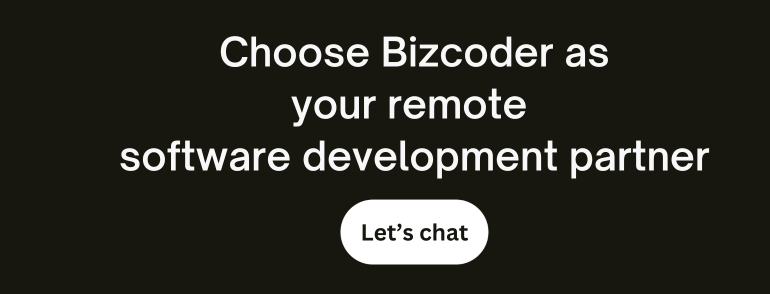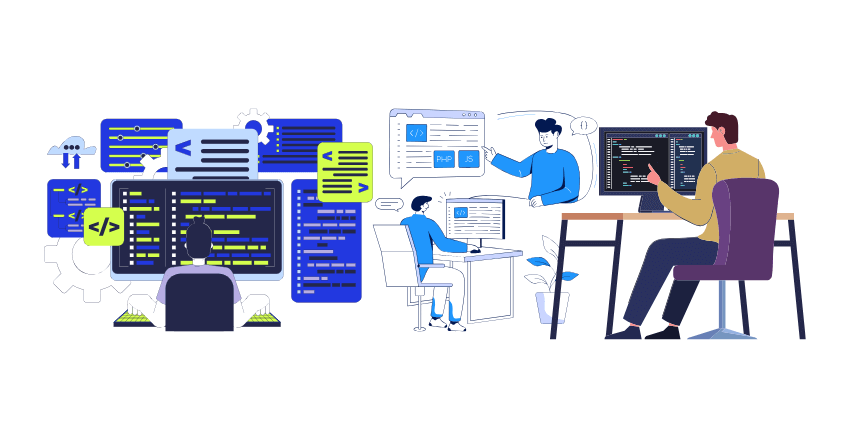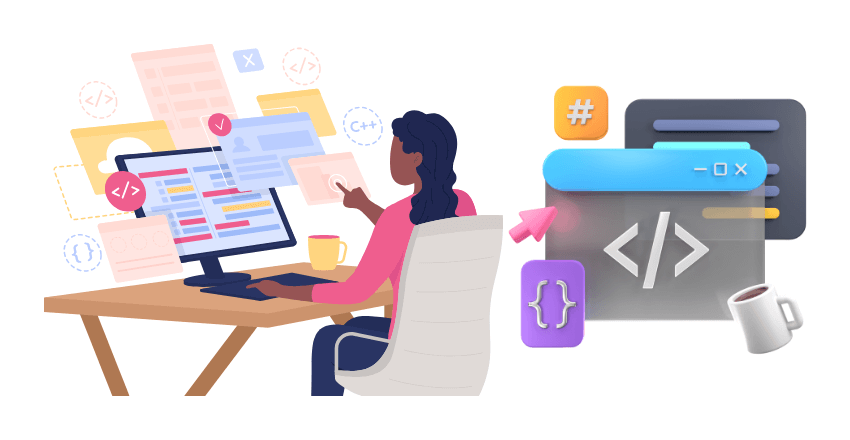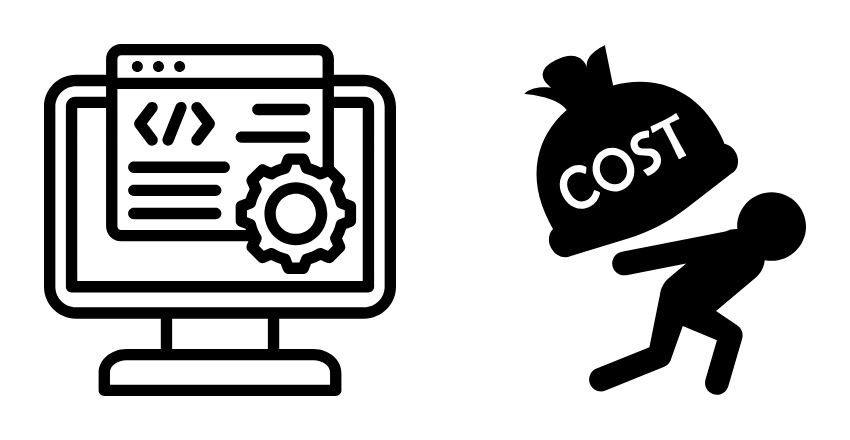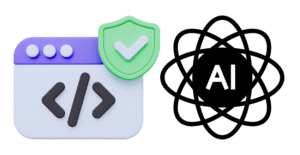When it comes to building software, hiring the right team makes or breaks your project. You want experts who can deliver high-quality solutions fast, stay within budget, and understand your company’s needs. For many businesses, nearshore development teams in Brazil are proving to be the perfect fit.
What is Nearshore Development?

Nearshore development means outsourcing software projects to a nearby country, usually in a similar time zone. For U.S. businesses, Latin America especially Brazil has become a go-to region.
Nearshore offers many advantages compared to offshoring (working with teams from far-away countries like India or the Philippines). It provides:
- Easier communication due to similar time zones.
- Faster project turnaround with real-time collaboration.
- Strong cultural alignment for smoother teamwork.
Why Brazil is a Hotspot for Development Talent
Brazil’s tech scene has been booming. It’s home to a large pool of experienced software developers. The country also invests heavily in tech education, churning out tens of thousands of new engineers each year. But that’s not the only reason businesses are drawn to Brazil’s nearshore services.
1. Highly Skilled Developers
Brazilian developers have expertise in coding languages like Python, Java, React, and more. They’re experienced in working with major platforms such as AWS, Google Cloud, and Azure.
Plus, Brazilian software engineers often specialize in agile methodologies, which allows them to quickly adapt to changing project needs.
2. Cost-Effective Services

Let’s face it development can get pricey, especially in the U.S. or Western Europe. Brazil offers top-tier talent at more affordable rates. You’ll get enterprise-grade quality without breaking the bank.
3. Time Zone Benefits
Brazil’s time zone (BRT/UTC-3) aligns closely with the U.S. eastern and central time zones. Instead of staying up late or waiting until the next day for updates, your U.S.-based team can collaborate with Brazilian developers in real time.
How Enterprise Companies Benefit from Brazil’s Nearshore Teams
Enterprise companies are constantly under pressure to innovate, but doing everything in-house can slow them down. Nearshore teams from Brazil help these businesses:
- Scale fast by adding experienced developers to projects without needing lengthy hiring processes.
- Meet tight deadlines with dedicated teams that can handle multiple tasks simultaneously.
- Focus on core operations by letting outsourced experts manage software development.
Steps to Find and Hire a Nearshore Development Team in Brazil
Choosing the right nearshore team is crucial to your project’s success. If you’re new to outsourcing, these steps will help guide you through the process, ensuring you hire a reliable and effective team from Brazil.
1. Define Your Project Requirements
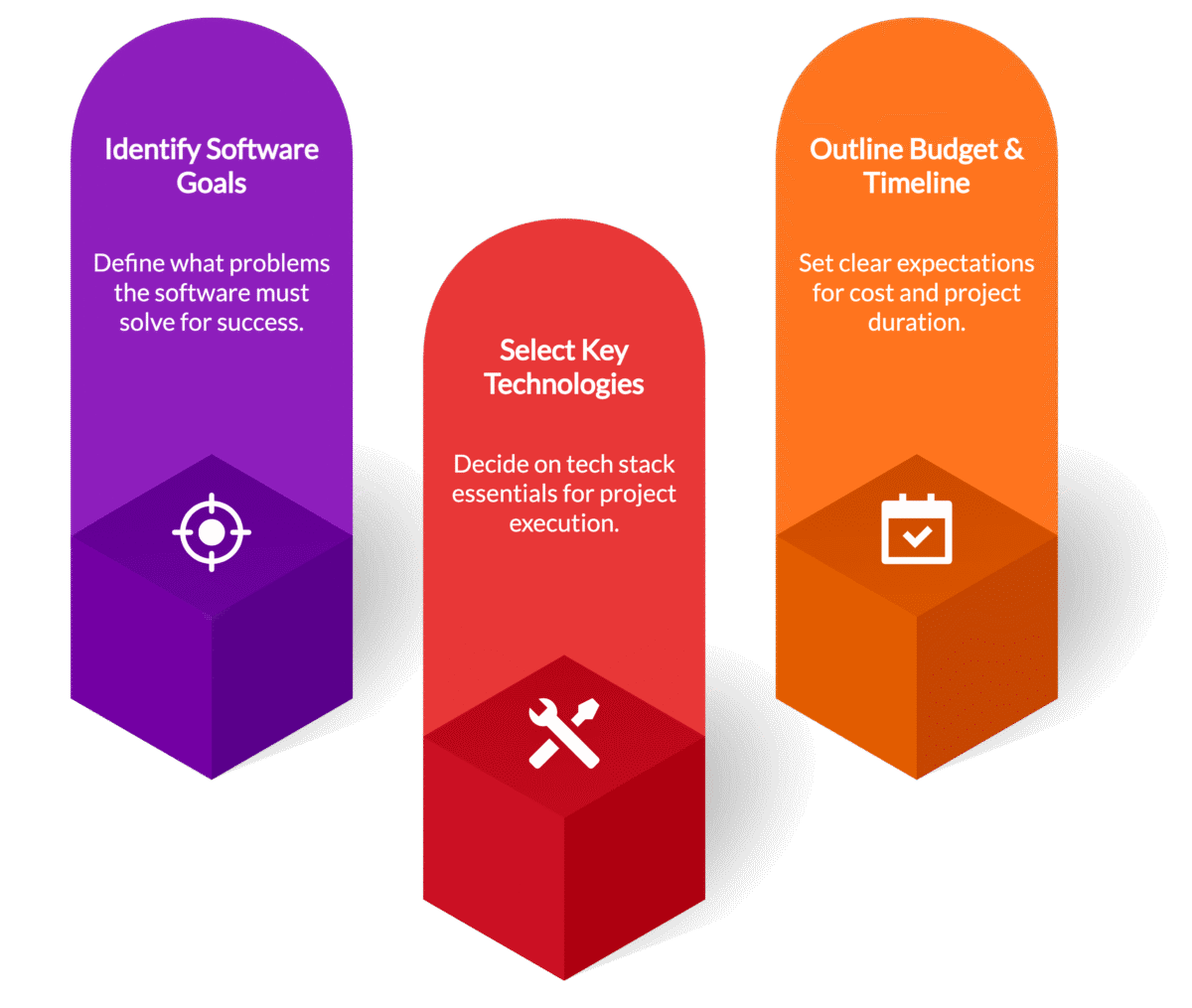
Start by clearly outlining your project’s goals and technical needs. Ask yourself questions like:
- What problem does the software need to solve?
- Which technologies (e.g., React, Python, AWS) are essential?
- What is the expected project timeline and budget?
- Will you need ongoing maintenance after the project is complete?
Creating a detailed project brief will help potential nearshore providers understand your expectations. This also reduces the risk of miscommunication and project delays later on.
2. Research Nearshore Providers with Proven Enterprise Experience
Not all nearshore teams are created equal. It’s important to find a provider with experience working on projects similar to yours, especially at the enterprise level. Look for companies that have:
- A strong portfolio: Review their case studies and past projects.
- Positive client testimonials: Check online reviews or reach out to references.
- Experience with agile or other development methodologies: Agile teams are more flexible and can adapt to changes quickly.
- Expertise in your required tech stack: The team should be proficient in the coding languages, platforms, and tools your project requires.
Some Brazilian tech firms to consider include Bizcoder and Dextra, which have a track record of serving large global enterprises.
3. Conduct Interviews and Assess Technical Skills
Once you’ve shortlisted potential providers, set up interviews to evaluate their expertise. Prepare a mix of technical and project management questions, such as:
- How do you handle tight project deadlines?
- Can you share examples of past challenges and how your team solved them?
- How familiar is your team with our required tech stack?
- What communication tools do you typically use to stay in touch with clients?
You may also want to conduct coding assessments or request code samples from the team to verify their skills. For larger projects, request a proposal that outlines timelines, milestones, and deliverables.
4. Negotiate Contract Terms and Establish Communication Protocols
Once you’ve chosen a provider, it’s time to iron out the details. A clear contract protects both you and the nearshore team by setting expectations upfront. Important elements to include are:
- Scope of work: Define tasks, deliverables, and deadlines.
- Pricing and payment terms: Specify whether the project is billed on a fixed-cost or hourly basis.
- Data security and IP ownership: Ensure that your intellectual property rights are protected and that the provider follows best practices for cybersecurity.
- Communication schedule: Decide how often you’ll have check-ins (e.g., weekly updates via Zoom) and which platforms you’ll use to track progress (e.g., Slack for messaging, Jira for project management).
By establishing these protocols early on, you minimize the risk of delays, misunderstandings, or scope creep.
5. Monitor Progress and Provide Feedback
Your job doesn’t end after hiring the team. Regularly check in on project milestones, provide feedback, and address any issues that arise. The key to a successful partnership is maintaining open communication and ensuring that both sides remain aligned on goals.
Tools and Communication: How Nearshore Teams Stay on Track
Effective communication is essential when working with nearshore teams. Thankfully, modern tools make it easy to collaborate across borders. Commonly used platforms include:
- Slack – for instant messaging and team chats.
- Zoom – for video calls and virtual meetings.
- Jira – for project management and tracking progress.
With these tools, enterprise teams and nearshore developers in Brazil can stay on the same page, no matter where they’re located.
Common Concerns About Outsourcing (and Why They Don’t Apply to Brazil)
Some companies hesitate to outsource because they worry about language barriers, security risks, or cultural differences. However, Brazil addresses these concerns with ease:
- Language Skills: English is widely spoken among Brazilian developers. Many have experience working with U.S. and European clients.
- Security Standards: Brazilian tech companies follow international data protection standards, like GDPR and ISO certifications.
- Cultural Compatibility: Brazil’s work culture values collaboration and innovation, similar to the U.S. and Europe.
FAQs: Enterprise-Grade Nearshore Development Teams from Brazil
1. What is nearshore development, and how does it differ from offshore development?
Nearshore development refers to outsourcing software projects to a nearby country, often in the same or a similar time zone. It allows for easier communication and faster project turnaround compared to offshore development, where time zone and cultural differences may slow down collaboration.
2. Why is Brazil a top choice for nearshore development teams?
Brazil has a large pool of highly skilled software developers, competitive pricing, and strong expertise in agile development methodologies. Additionally, Brazil’s time zone aligns closely with U.S. business hours, allowing real-time collaboration between teams.
3. How do Brazilian nearshore teams ensure effective communication with enterprise clients?
Brazilian teams use popular collaboration tools like Slack, Zoom, and Jira. These tools help maintain clear communication, track project progress, and support real-time updates between developers and clients.
4. Are language and cultural barriers an issue when working with Brazilian nearshore teams?
No. Many Brazilian developers speak fluent English and have extensive experience working with U.S. and European clients. Their work culture emphasizes teamwork and innovation, aligning well with the values of enterprise organizations.




